You may have spent days, even months, practicing shooting but still not getting the desired results, and you may wonder why. In most cases, the cause is elevation and windage affecting your load’s traveling time.
So you will need to read our guide to compensate for these factors. But, first, let’s find out how to dope a scope!
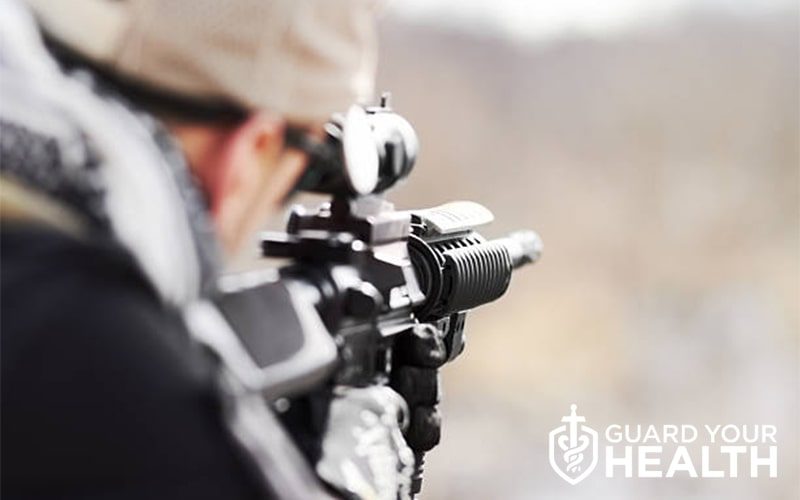
What Does “Doping A Scope” Mean?
While you are still in school, flashcards will help you learn new things, such as some new formulas. Dope cards have the same effect as these flashcards.
DOPE stands for “Data On Previous Engagements,” a collection of ballistic coefficient charts. It contains all critical information to help the shooter understand wind and elevation.
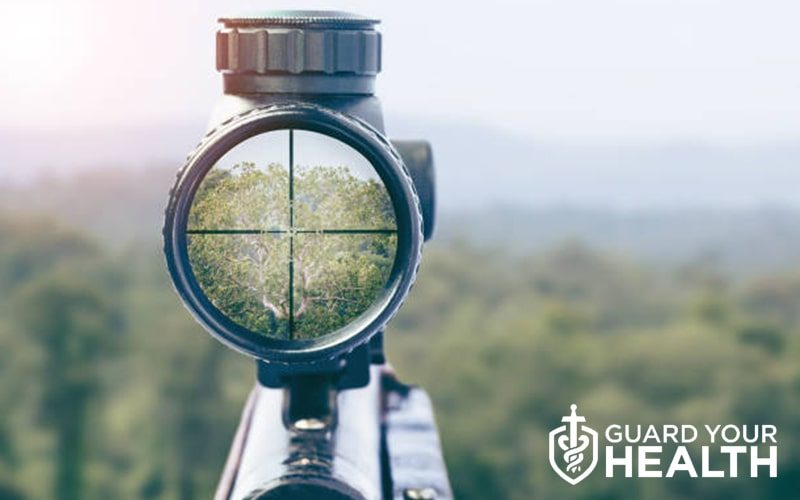
So it is helpful information you should know when shooting your targets at a distance. It is essential to get precise data to improve your skill. However, not everyone is an expert in this field. That’s when DOPE comes into play.
You will quickly find charts on the internet that will tell you popular ammo by doing some research. Then, you can print it out in several copies and use them when doing the shooting sessions.
The significant benefit of using the dope card is it allows you to track the history of rounds.
A Detailed Guide On Doping A Scope
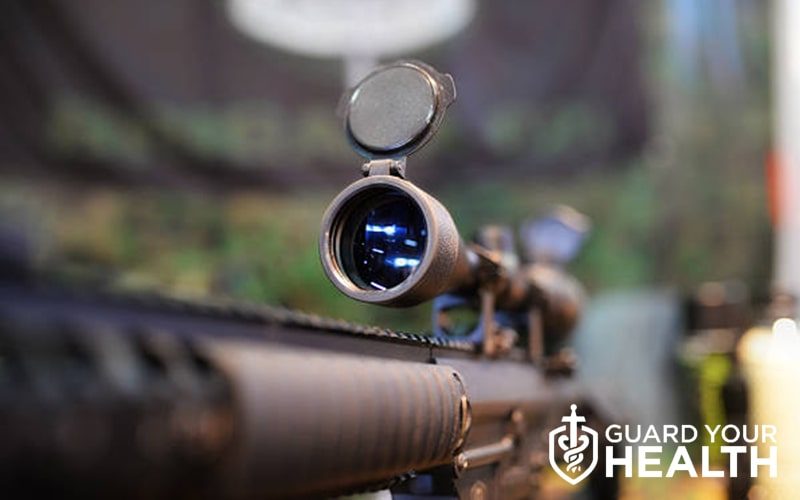
Here are 12 simple steps that will allow you to get the job done without spending money on a professional.
Step 1. Collect Dope Card
It is easy to prepare the dope card, but it is essential to get accurate information about your gun, including caliber, ammunition, muzzle velocity, etc.
The sight height and distance are the most critical factors you will enter into the ballistic calculator afterward.
In most cases, calculators would ask to provide a few environmental aspects, such as temperature and wind speed, for more accurate results.
All the necessary information collected by you would help determine a dope card, including MOA, mil, and further angular measurements. The fact is that precision is the key to getting the correct dope data.
Step 2. Get Familiar With Ammo Type
When practicing shooting sessions, there are a few factors that are important to your dope card, such as:
- Travel distance rate
- Atmospheric conditions
- The velocity of the load
So they are limited and unique, which means you can use a specific date for every type of load you plan to use.
You can familiarize yourself with the ammunition you use by reading your gun’s specifications. If the ammunition is mismatched with your firearm, you will experience unexpected problems.
Step 3: Setting up a Dope
Setting up is considered one of the most critical steps in doping your scope.
Prepare your weapons and all the needed equipment. Your rifle can be secured by a stand when positioning the aim point at a distance you expect. It is best to do this step in a broad light to improve precision.
Step 4: Gather A Range Card
This card will show you a prepared area outline for your gun to cover. The fact is that it should help you to familiarize yourself with your field of shooting.
When preparing a reference chart or range card, it is essential to know the maximum engagement line, dead space, sectors of fire, and data regarding your gun and ammunition.
You will also need to update your reference chart regularly as it needs to reflect the correct info about the direction, elevation, or description of your terrain.
Step 5: Prepare Tools You Will Need
- Chronograph
It is a watch utilized to record or track time. You’ll need to put it directly underneath the muzzle to get the actual velocity of your load.
The data will determine the average velocity’s standard deviation, helping you prepare a dope later.
- Range Time
It’s considered a measure of travel time by the ammo to hit the actual impact point. Therefore, it is a critical factor for precision shooting.
Step 6: Practice A Test Shoot
This step is halfway through learning to dope your scope. So it is time to test the shoot. This step is also when you use all the tools you have prepared earlier.
You will need to backup all information after doing the firing test a few times.
In precision firing, the information you receive, such as the muzzle velocity of your fired ammunition, must be the most accurate. You can determine this by shooting from 3 to 5 shots.
Step 7: Get Time Range
It refers to the fired load’s actually traveling to various distances. Several factors significantly affect time input, such as the speed of the wind. Besides, gravity is also one factor leading to load achieving a lower level than expected.
So it is wise to practice consecutive fires, and you will get your bullet’s average velocity correctly. However, if you’re a beginner, the travel distance rate and point of impact are the most critical factors in determining actual ballistic data.
Step 8: Time to Work With Ballistic Data
You should not complicate your ballistic data. Instead, you can take advantage of online services, such as JBM, which are online programs that calculate the ammo drop regarding a specific range.
These programs are also the proper answer for precision shooting or long-range shooting.
You will get most of the info you need from the manufacturers, which allows you to answer the necessary fields. However, your results may be inaccurate for larger areas that present various variables.
Step 9 (Optional): Utilize Manual Measurements For Checking Data
You don’t always get the required information to work well on your ballistic data. Some types of ammunition are less common or rare, and using online tools is not feasible in this case.
If you find yourself in this situation, your only options are to take the manual measurement method.
From the point of impact, you need to measure the place covered by your firing place. After that, utilize a stopwatch to calculate the needed time it will take to reach the target distance.
Through this method, you will end up with the moa or mil .
Step 10: Dial-In Info
As mentioned in step 8, many variables can affect the accuracy of the dope.
Specifically, these variables can be gravity and wind. For more extended distances, these two variables will have a significant influence.
In this case, you will probably want to fire higher to minimize the gravity effect. So it is when dial elevation, followed by firing comes into play.
You will need to define the distance of the impact point and essential points before tweaking the dial.
Step 11: Utilize The Dope Card
Ben should place your dope paper somewhere in your sight so it can get the most out of it. It is best to print it on your paper and put it in a transparent case. Then, you can wrap it around the gun utilizing a gear tie for accessibility.
For another option, it is okay to fix it utilizing bulldog clips. Whatever option you choose, you need to ensure that it’s always accessible to reference. Thanks to that, you can make some adjustments to the reference paper once you begin to shoot.
Step 12: Practice Firing Preferred Target
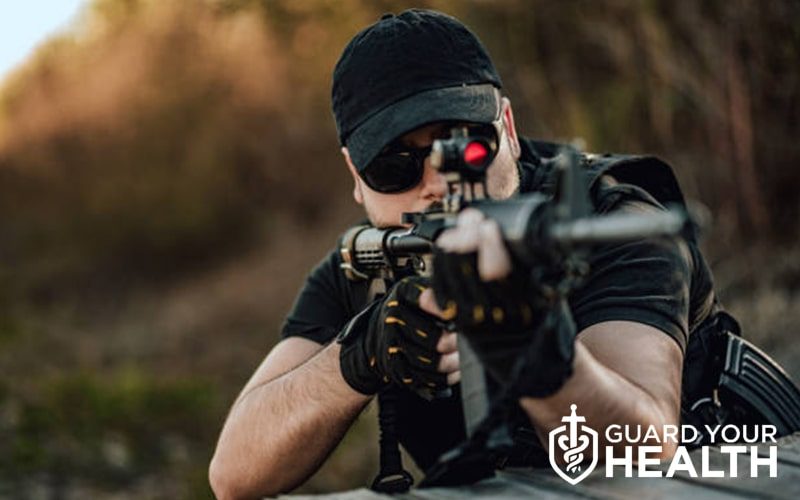
Last but not least, you need to put everything into practice. However, if you end up with a miss, your impact point needs to be a little nearer to your targets.
Don’t get discouraged if you miss your targets despite following the steps above. Instead, you should keep practicing and following this guide until it works.
The Bottom Line
It is almost impossible for you to do precision shooting without any DOPE tools. It is the most effective method to make you a good shooter.
You will need to fail many times to receive victory.
Keep practicing, and don’t lose hope if you can’t reach your goal on the first try.
Over time, your skills will improve.
Thank you for reading!
Last Updated on December 5, 2023 by
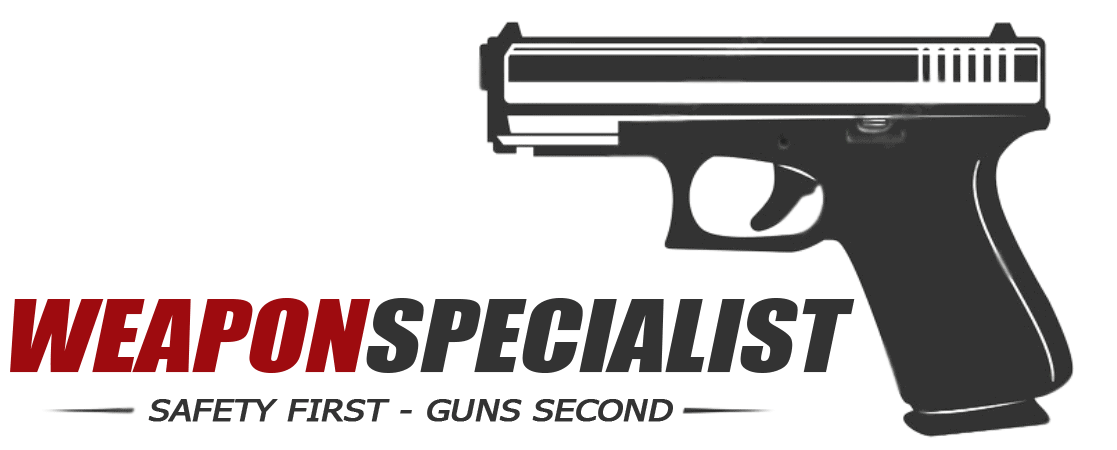

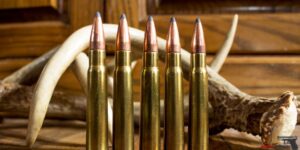

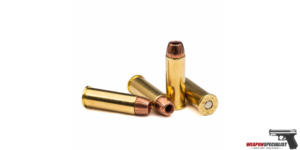
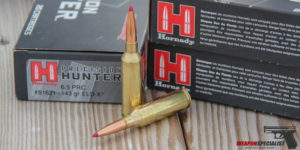

What is the dope on a scope cap?
The term “dope” on a scope cap refers to the ballistic data or information specific to a particular rifle and ammunition combination. It is used to compensate for bullet drop and other factors that affect the trajectory of the bullet at different distances.
A scope cap is a protective cover that is often placed on the top of a rifle scope when not in use. Some scope caps have a small compartment or disc on the top, commonly referred to as the “dope disc” or “dope cap.” This disc can be customized with relevant ballistic data for the specific rifle and ammunition combination being used.
The ballistic data typically includes information such as bullet drop at different distances, windage adjustments, and sometimes even environmental factors like temperature and altitude. This data is usually calculated based on the bullet’s velocity, weight, ballistic coefficient, and other variables.
By adjusting the scope’s elevation and windage turrets or dials according to the provided ballistic data, the shooter can compensate for bullet drop and other factors to improve accuracy at different distances. The dope disc on the scope cap serves as a convenient reference point for the shooter to quickly access and make necessary adjustments while in the field.
Dope charts or cards are also commonly used in long-range shooting, where shooters calculate and record their specific ballistic data for different distances. These charts can be referred to when making scope adjustments, ensuring accurate shots over varying ranges.
It’s important to note that “dope” can also refer to the act of gathering and recording this ballistic data. Shooters often go through a process called “doping the rifle” or “doping the scope” to determine the specific adjustments required for their rifle and ammunition combination at different distances.